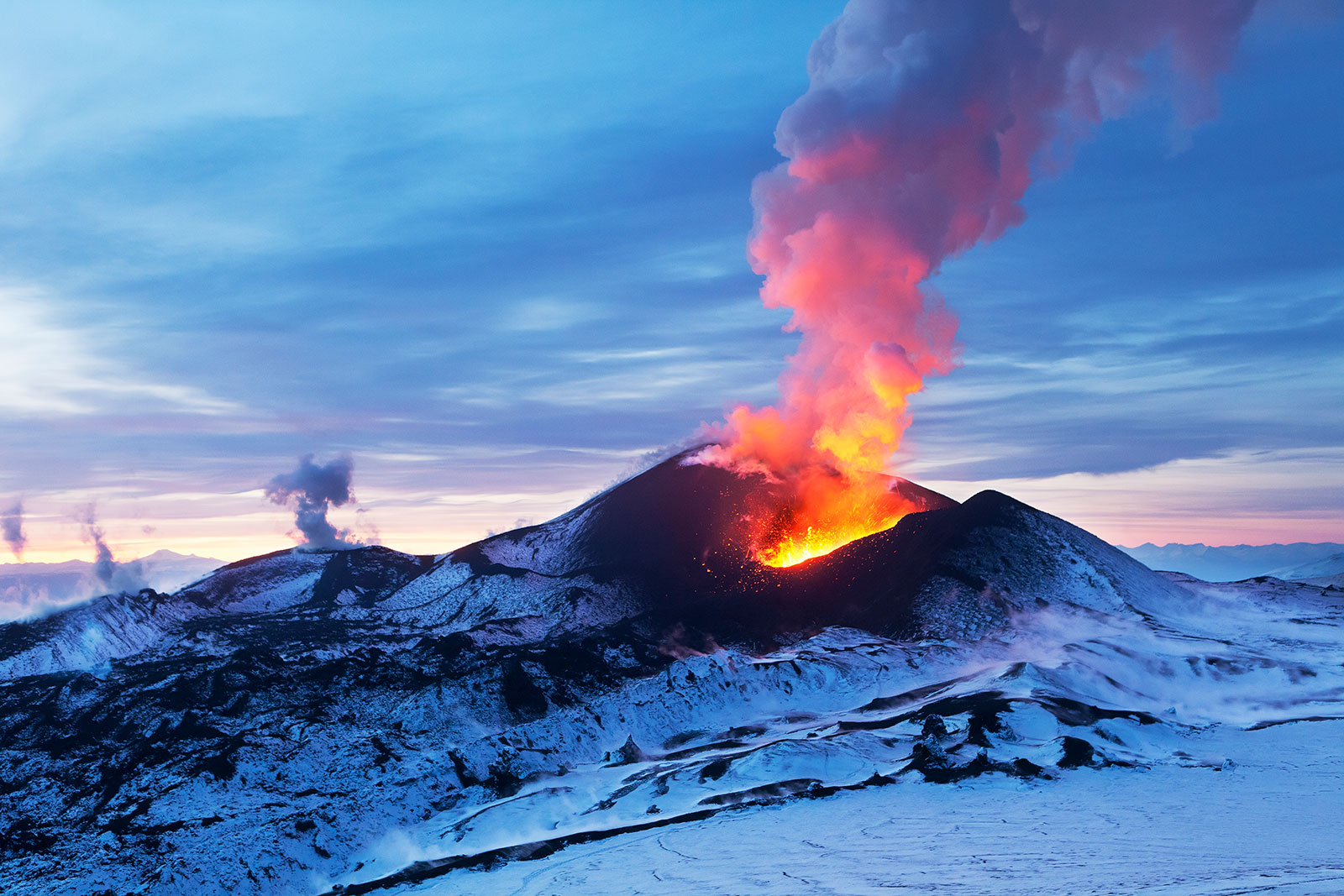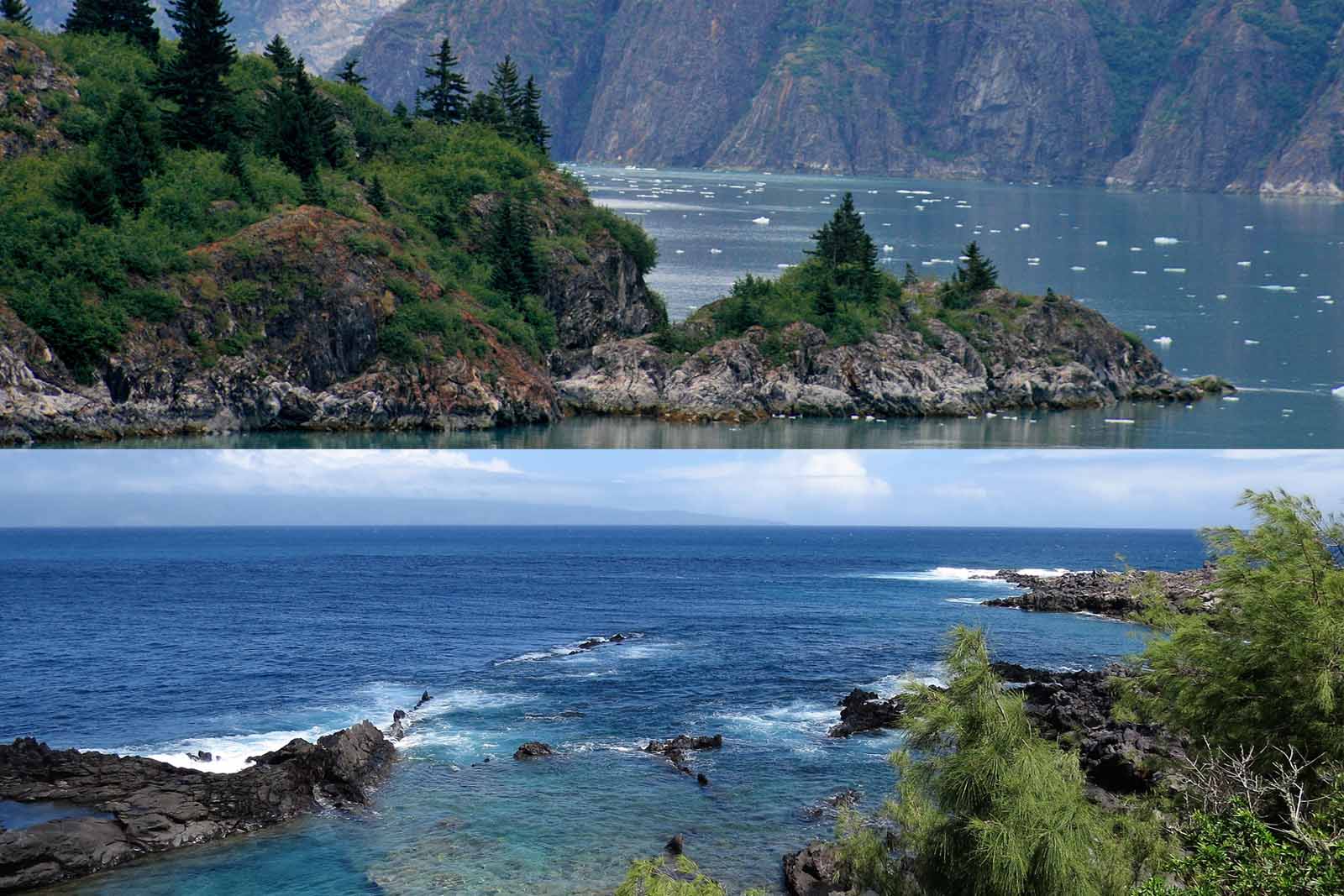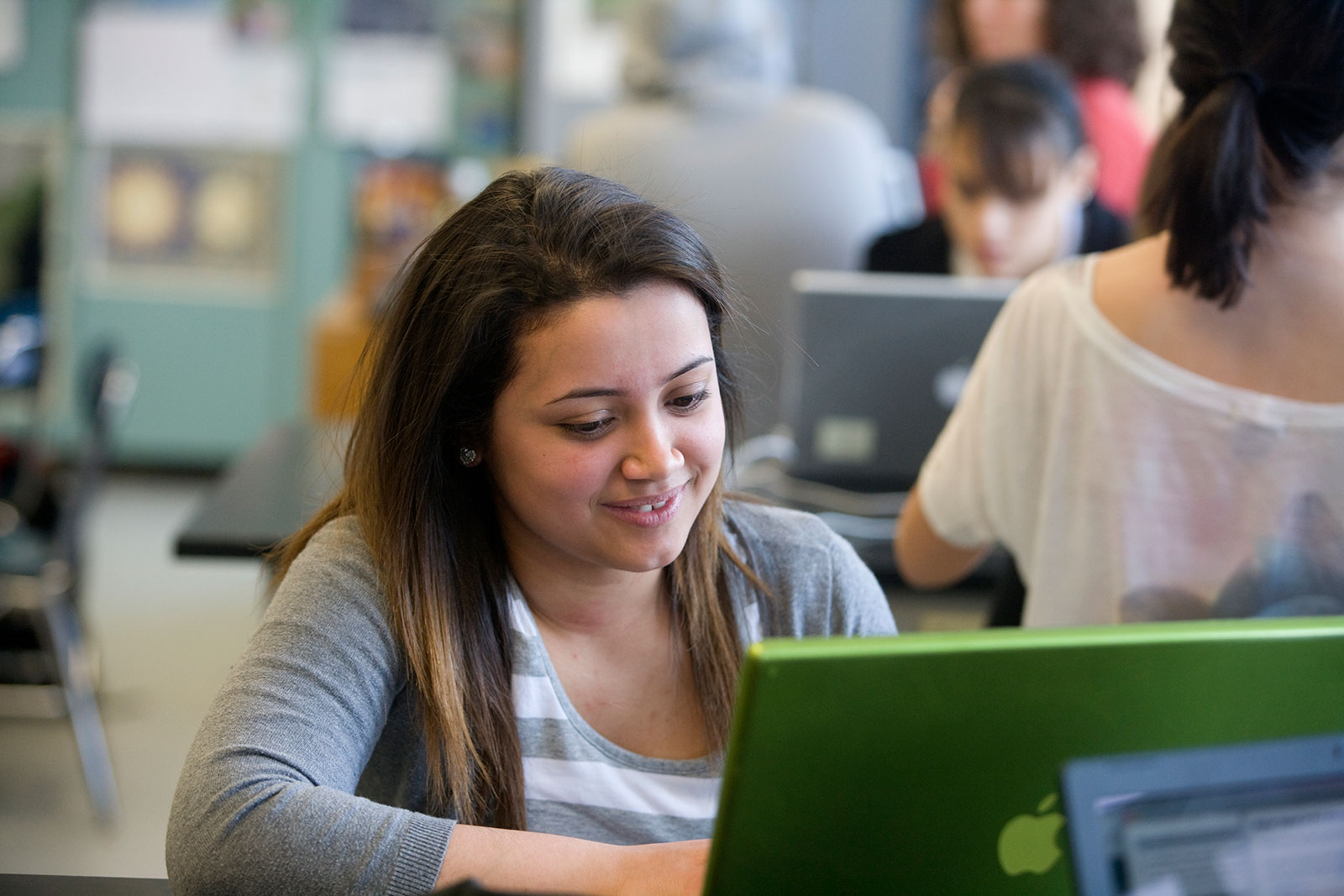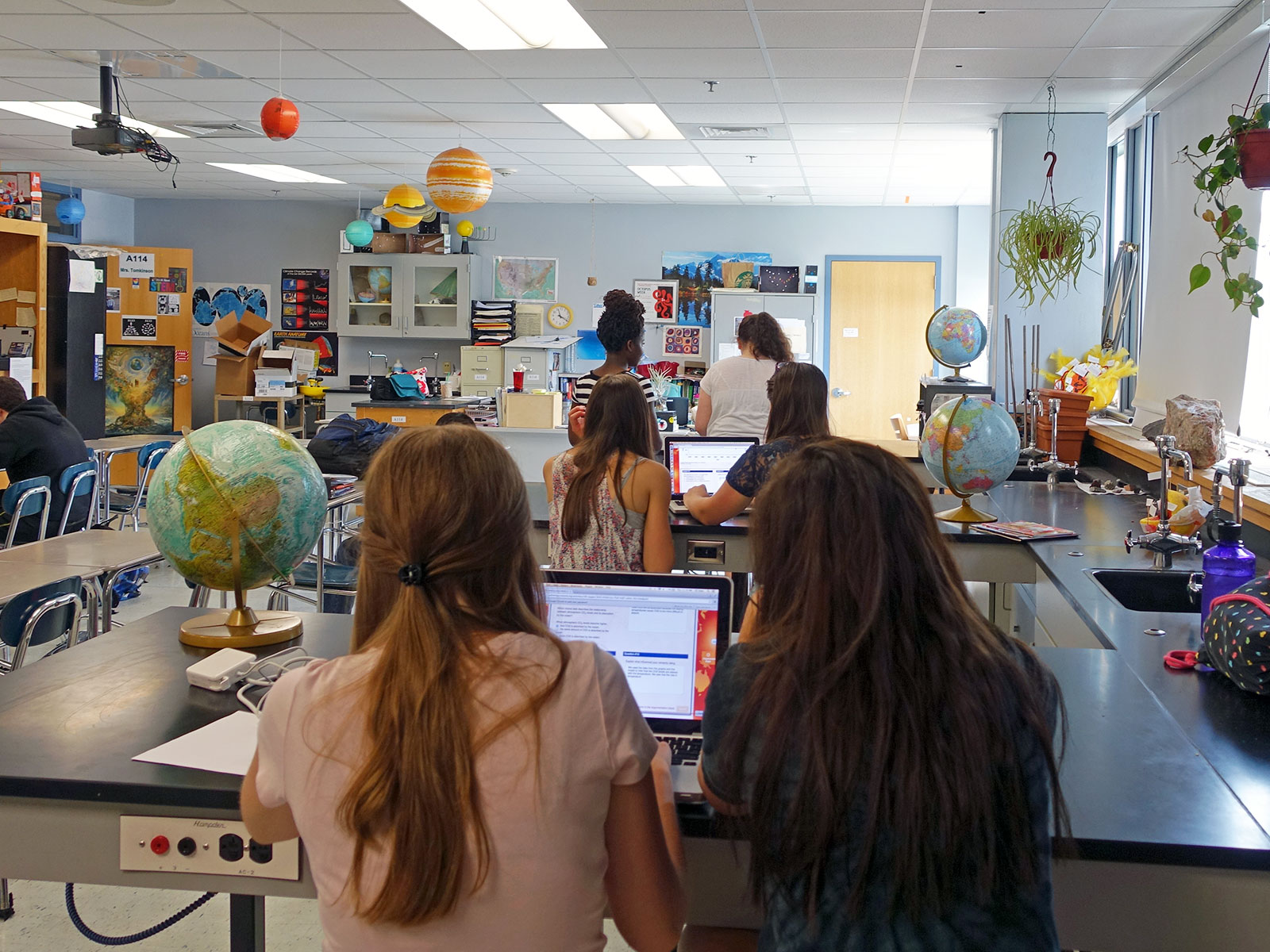GEODE
Importance
From the depths of the seafloor to the top of the tallest mountain range, every landform on Earth has a story to tell that stretches back over geologic time. Earth’s geologic wonders have been shaped over hundreds of millions of years by the movement and interaction of a set of tectonic plates that make up the outer layer of Earth. While scientists can speculate about plate motion, the geodynamics responsible for a wide variety of landforms and events is complex to both teach and learn.
Teaching geoscience poses significant challenges because the processes that shape the Earth occur out of sight over mind-boggling periods of time. We are using Earth’s systems models as a way to help students reason spatially and temporally about how plate movements result in the distribution of various geological phenomena.
Our goal is to transform geoscience teaching and learning by designing geodynamic software and curriculum modules to help students develop causal, model-based scientific understanding of plate tectonics. We’re moving Earth science education from a “bottom up” approach, which begins with rocks and minerals and moves to earthquakes and volcanoes to a model-based approach beginning with plate movement as the initial “puzzling phenomena,” which explains the formation of a variety of landforms such as locations of mountains, volcanoes, and deep ocean trenches to name a view.
Interested in receiving updates when new Earth science materials are released or when new research opportunities are available? Sign up now!
Research
Research on student learning and teacher practice is guided by the following questions:
- How and to what extent are students able to reason about how plate movements result in the global distribution of geological phenomena?
- What patterns emerge from students modeling practices with geodynamic models? How do the modeling patterns relate to ways in which students describe and explain plate tectonics and associated geological processes that shape Earth’s landforms?
- How do students use evidence generated from models in formulating arguments about geological phenomena? How do students frame uncertainty in accepting or refuting evidence from the models?
- What practices are productive in supporting students’ use of dynamic computer models of complex phenomena? What is the repertoire of practices developed by teachers around the use of modeling that include an explicit focus on uncertainty-infused argumentation?
Publications
- Pallant, A., Pryputniewicz, S., & Lee, H.-S. (2023). Developing geo-sequential reasoning about tectonic processes using computational simulations. International Journal of Science Education.
- Lord, T., Lee, H.-S., Horwitz, P., Pryputniewicz, S., & Pallant, A. (2023). A remote view into the classroom: Analyzing teacher use of digitally enhanced educative curriculum materials in support of student learning. Journal of Science Teacher Education.
- Wray, K. A., McCausland, J. D., McDonald, S., Pallant, A., & Lee, H.-S. (2022). Using summary tables to support students’ explanations of science phenomena. Science Scope, 46(2), 32–39.
- Wray, K. A., McDonald, S., Lee, H.-S., & Pallant, A. (2022). Using teacher talk moves to help students talk like scientists. The Science Teacher, 90(2), 56–60.
- McCausland, J., Jackson, J., McDonald, S., Bateman, K., Pallant, A., & Lee, H.-S. (2022). Science teachers' negotiation of professional vision around dilemmas of science teaching in a professional development context. Journal of Science Teacher Education.
- Pallant, A., Lord, T., Pryputniewicz, S., & McDonald, S. (2022). Models for developing explanations of earth's dynamic plate system. Science Scope, 45(4), 20–28.
- Lord, T. (2021). Monday's lesson: When disaster strikes. @Concord, 25(1), 7.
- Pallant, A., & Lee, H.-S. (2021). Everything happens for a reason: Developing causal mechanistic reasoning of plate tectonics. @Concord, 25(1), 8–9.
- Epler-Ruths, C. M., McDonald, S., Pallant, A., & Lee, H.-S. (2020). Focus on the notice: Evidence of spatial skills' effect on middle school learning from a computer simulation. Cognitive Research. 5, 61.
- Pallant, A., McDonald, S., & Lee, H.-S. (2020). Shifting plates, shifting minds: Plate tectonics models designed for classrooms. The Earth Scientist, 36(1), 40-46.
- McDonald, S., Wray, K., McCausland, J., Bateman, K., Pallant, A., & Lee, H.-S. (2020). Taking up the mantle of knowing: Supporting student engagement in progressive scientific discourse in geoscience. In M. Gresalfi and I. S. Horn (Eds.), The Interdisciplinarity of the Learning Sciences, 14th International Conference of the Learning Sciences (ICLS) 2020, Vol. 1 (pp. 565-568). Nashville, TN: International Society of the Learning Sciences.
- McDonald, S. (2020). Doing geosciences the way scientists do. @Concord, 23(3), 4-5.
- Lord, T. (2020). Seismic shifts in supporting teachers in earth science classrooms. @Concord, 23(3), 6-7.
- Lee, H.-S. (2020). Making uncertainty accessible to science students. @Concord, 23(3), 14-15.
- Pallant, A. (2020). Perspective: Transforming earth science education with technology. @Concord, 23(3), 2-3.
- Pallant, A. (2017). Modeling plate tectonics for learning. @Concord, 21(1), 10-11.
Blog Posts
Learn more about the GEODE project at the Concord Consortium blog.
- For Equity and Justice, Start Where Students Are and Help Them Find Answers
- New project will transform how plate tectonics and the rock cycle are taught
- Teaching Earth and environmental science remotely
Activities
View, launch, and assign activities developed by this project at the STEM Resource Finder.







